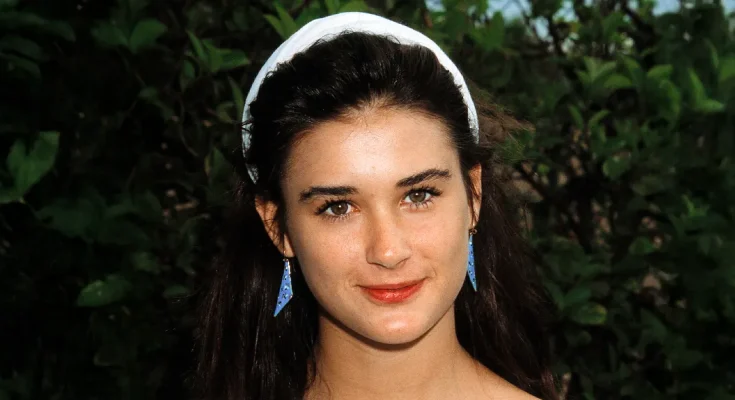A medical expert revealed that the movie star likely started refining her facial features at a young age. See how the acclaimed actress, praised for her “incredible bone structure,” looked in her earlier years compared to now.
At 61, Demi Moore’s appearance continues to spark discussion. Medical experts have commented on her “youthful look,” offering insight into how she may have maintained it.
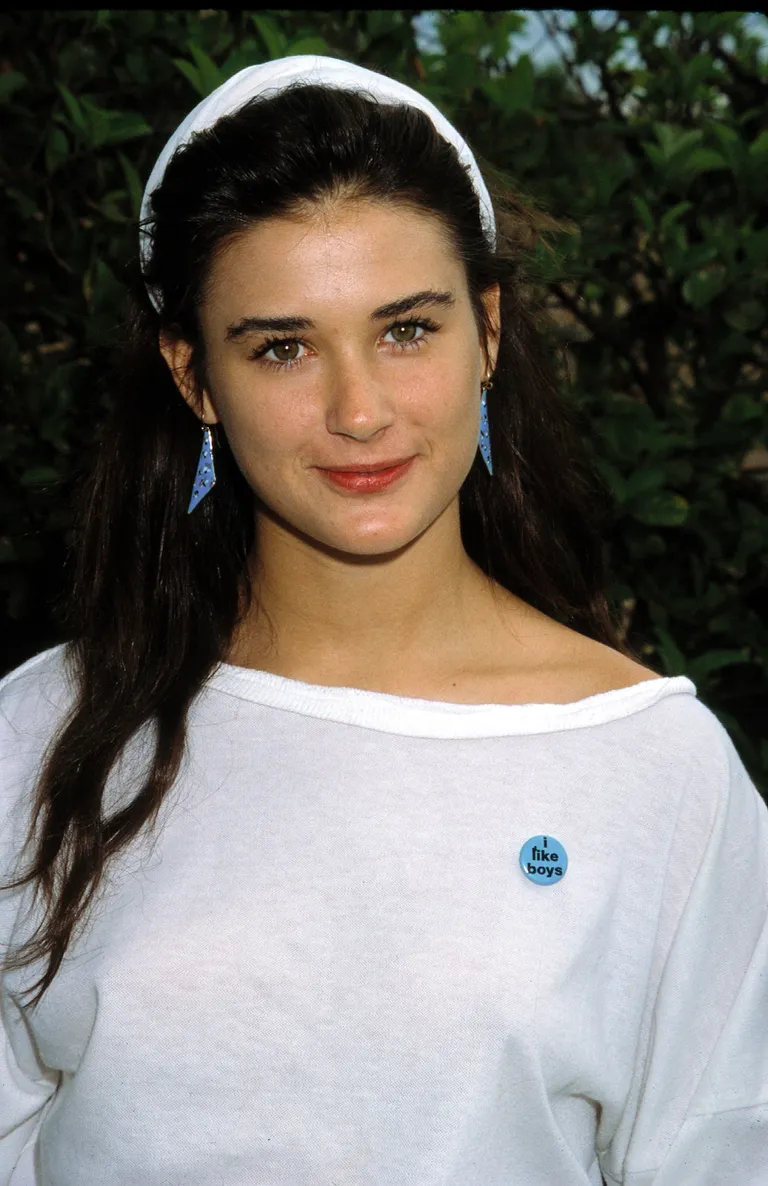
In May 2024, renewed interest in her seemingly ageless features led Dr. Mark Solomos, a plastic surgeon known from Channel 4’s “10 Years Younger,” to share his professional perspective on the actress’s refined appearance with Hello! Magazine.
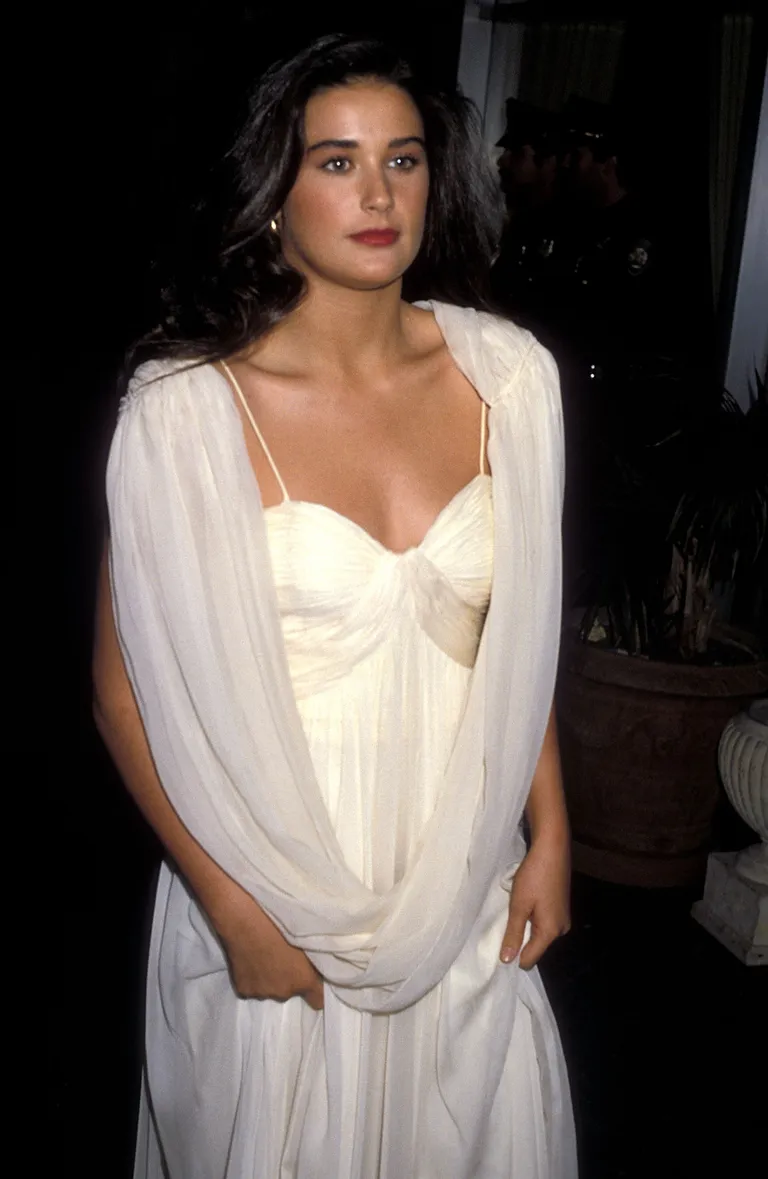
According to Dr. Solomos, Moore likely turned to cosmetic treatments early on. “I believe she has started quite young, with good results and kept on top of things with minor interventions,” he said.

Following his initial thoughts, Dr. Solomos mentioned that the Hollywood star has likely invested in anti-aging procedures to enhance her natural beauty.
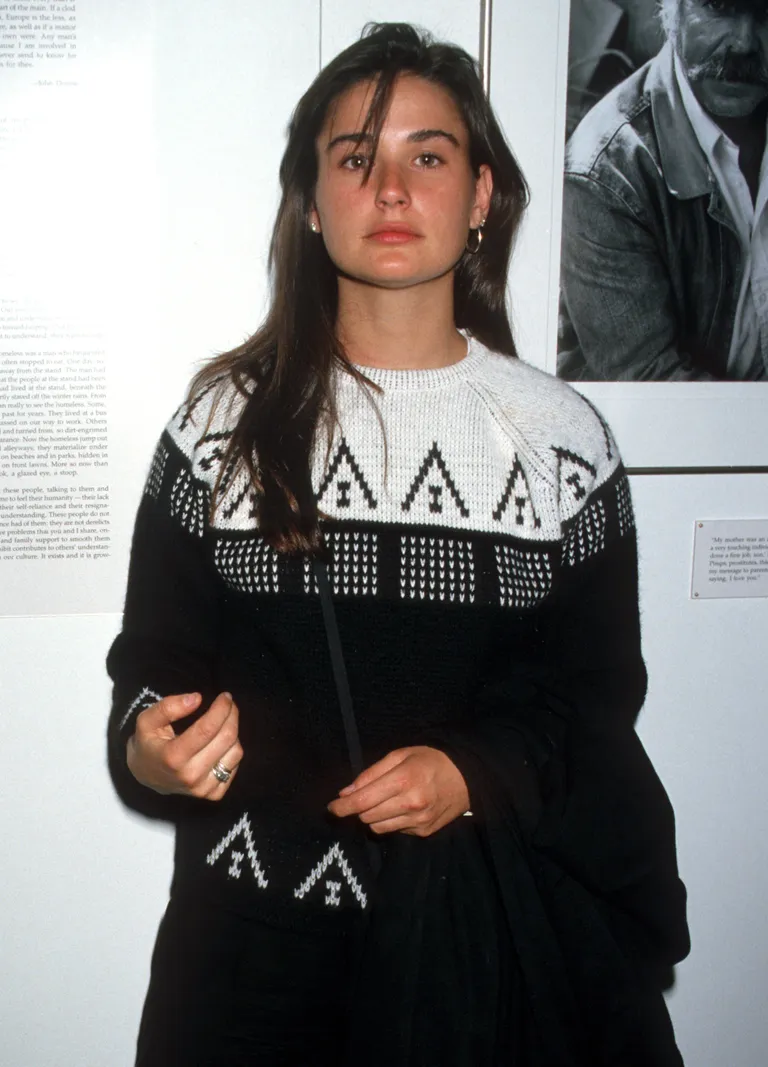
He also pointed out that her facial features have worked in her favor, adding, “She is lucky to be blessed with incredible bone structure, and she seems to have had a lip lift, as we can see her top lip is shorter than in previous photographs.”
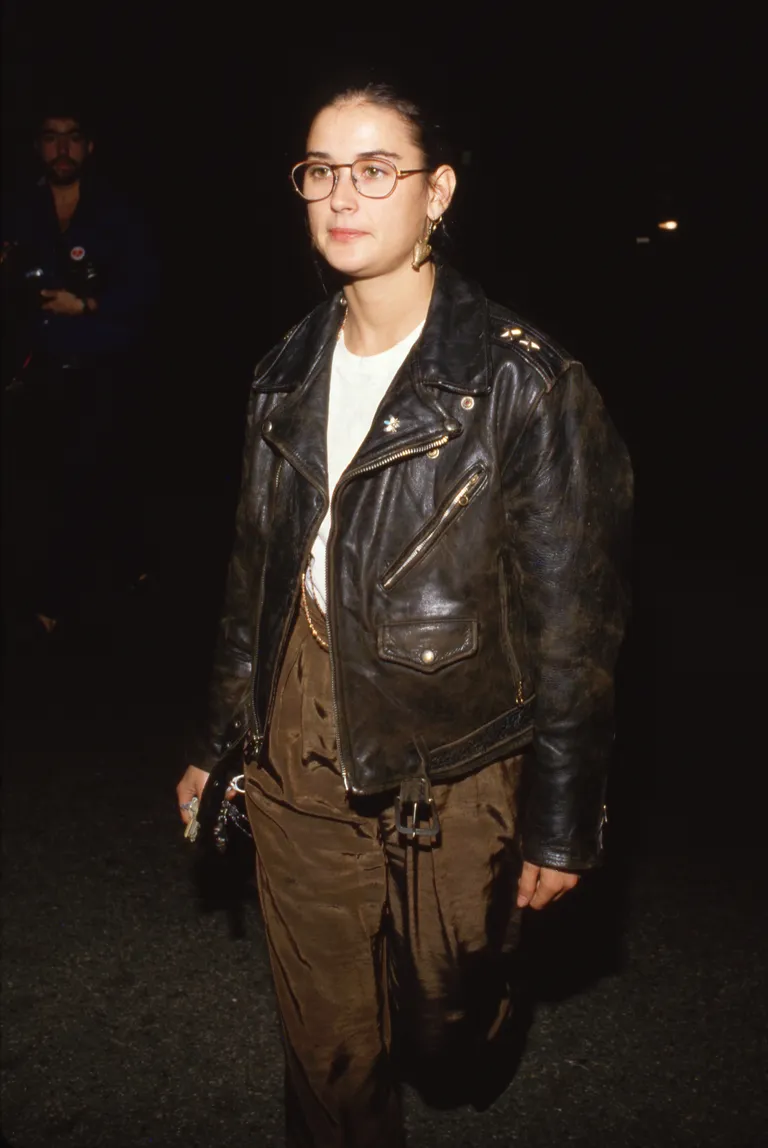
Dr. Solomos further suggested other possible treatments Moore may have undergone, such as a face and neck lift or laser resurfacing. He mentioned that radio frequency was almost certainly part of her routine.

Laser resurfacing, a common choice in Hollywood, works by removing the top layer of skin. This process encourages new skin to grow, often leading to fewer fine lines, smoother tone, and a more even complexion.

In addition to those enhancements, Dr. Solomos noted that Moore has likely had Botox around her eyes and possibly a modest lid lift, both of which contribute to her smooth, youthful appearance.

The only feature he found less natural was her cheeks, which seemed slightly too prominent. According to him, they may have been augmented with either fillers or fat transfer, creating a look that doesn’t entirely match the rest of her facial structure.

While Moore may have benefited from cosmetic procedures, Dr. Solomos emphasized the importance of natural care as the foundation for lasting beauty.
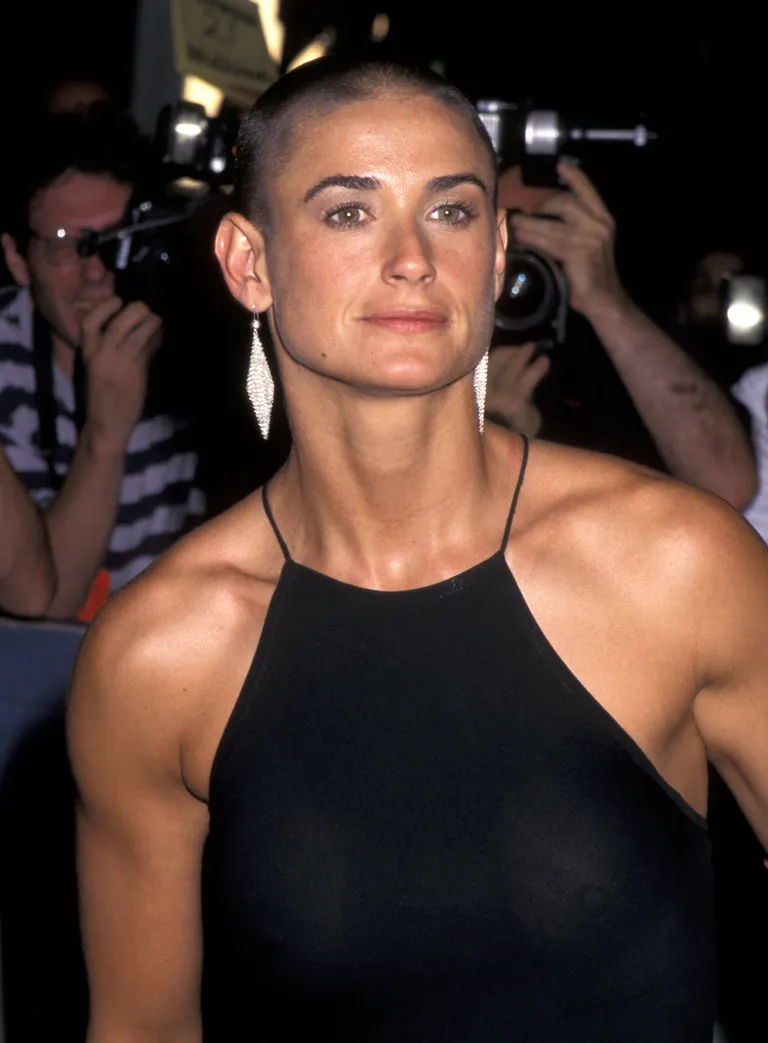
He maintained that no treatment can replace the benefits of a healthy lifestyle, stressing the value of a balanced diet, regular exercise, a consistent skincare regimen, avoiding smoking, and limiting sun exposure.

Adding to the conversation in December 2024, Dr. Glenn Murray, Medical Director at Absolute Cosmetic, highlighted how visual tools and technology also influence public perception of beauty.
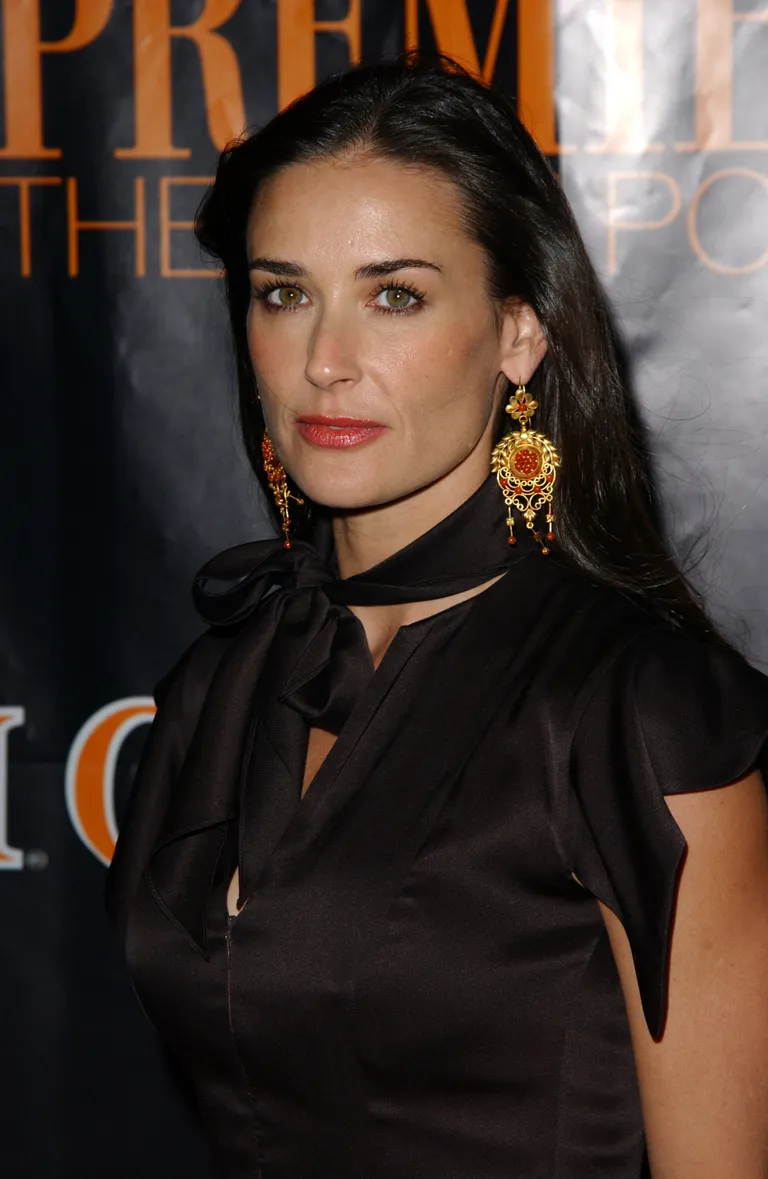
He pointed out that platforms like Instagram, along with AI filters, have made it easier to present a “flawless look.” Strategic lighting can enhance facial features, and makeup can conceal flaws, but these enhancements often mask a person’s natural appearance.
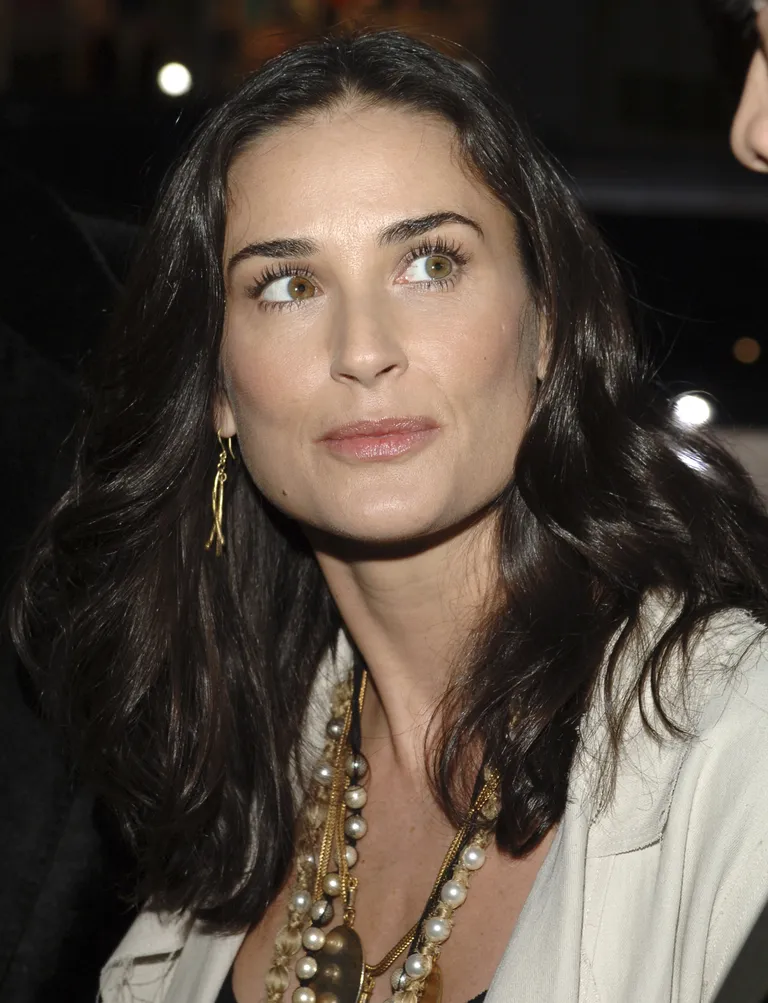
This insight brings attention to how visual presentation can shape what audiences see. In Moore’s appearance in the film “The Substance,” these elements were clearly at play.
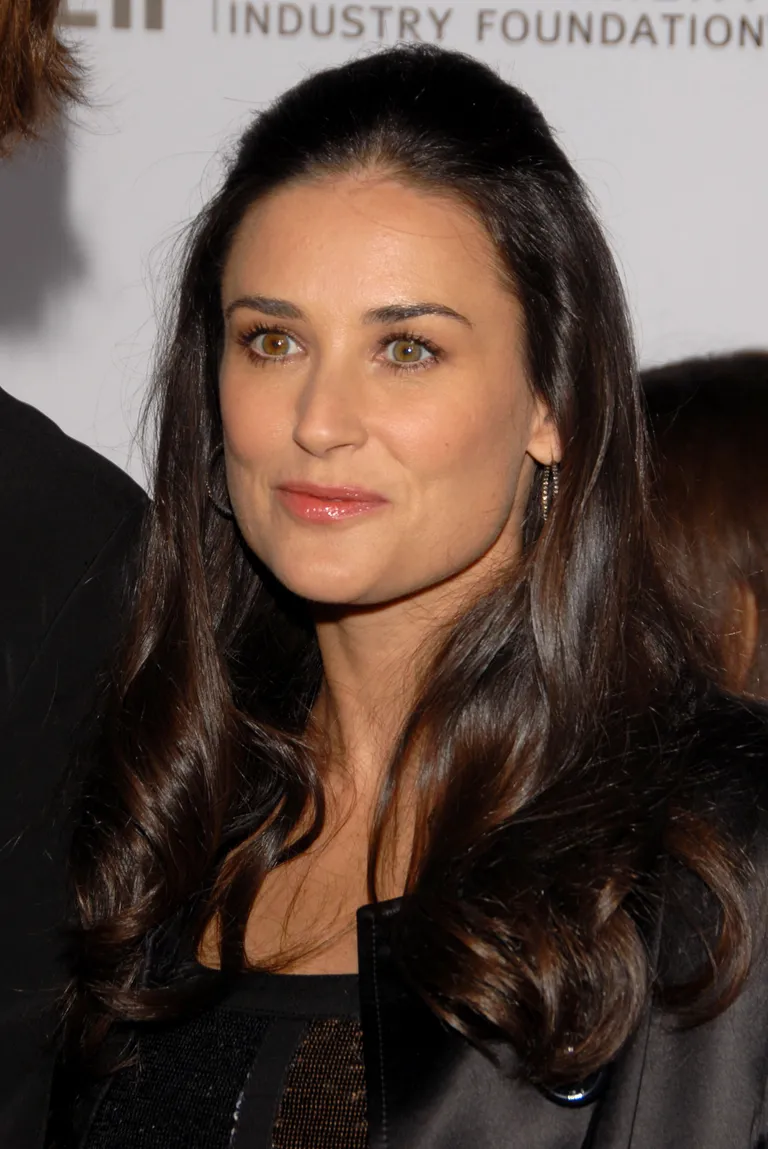
While she appeared radiant on screen, specific lighting and camera angles revealed faint signs of aging that may have gone unnoticed with different makeup or lighting choices.

Considering how visual presentation can alter perception, Dr. Murray mentioned another possible procedure that the award-winning actress may have done.

Among the most probable is a deep plane facelift, often called a “mini face lift.” This procedure lifts not only the skin but also the deeper layers of muscle and fat, offering a more complete and natural-looking result.

Along with the possibility of a deep plane facelift, Dr. Murray identified additional treatments that may have helped refine Moore’s facial features. One such option is fat transfer, a method where fat is taken from areas like the thighs or abdomen and injected into the face to add volume and definition.

Another likely procedure is laser skin resurfacing, which helps reduce wrinkles, fine lines, and uneven pigmentation by encouraging collagen production, ultimately improving the skin’s texture and firmness.

According to Dr. Murray, these procedures are most effective when they treat more than just the surface. He emphasized the importance of targeting all layers of the face — skin, fat and muscle — to achieve balanced and lasting results. Addressing only one layer may fall short in delivering a truly natural and refreshed appearance.

While experts have weighed in on the technical side of aging, Moore herself has spoken openly about her perspective on this chapter of life.

In a past interview, she shared that aging is not something to fear but rather a continuation of possibility, “We are what the future is for women. I look at having my daughters, and I don’t want there to ever be in their minds that there is an ‘end.'”

Now at a stage where her three children, whom she shares with her former husband, are grown, she described this period as “the most exciting time” of her life. The veteran star’s reflections on growing older carry even more weight when seen in the context of her decades-long career.
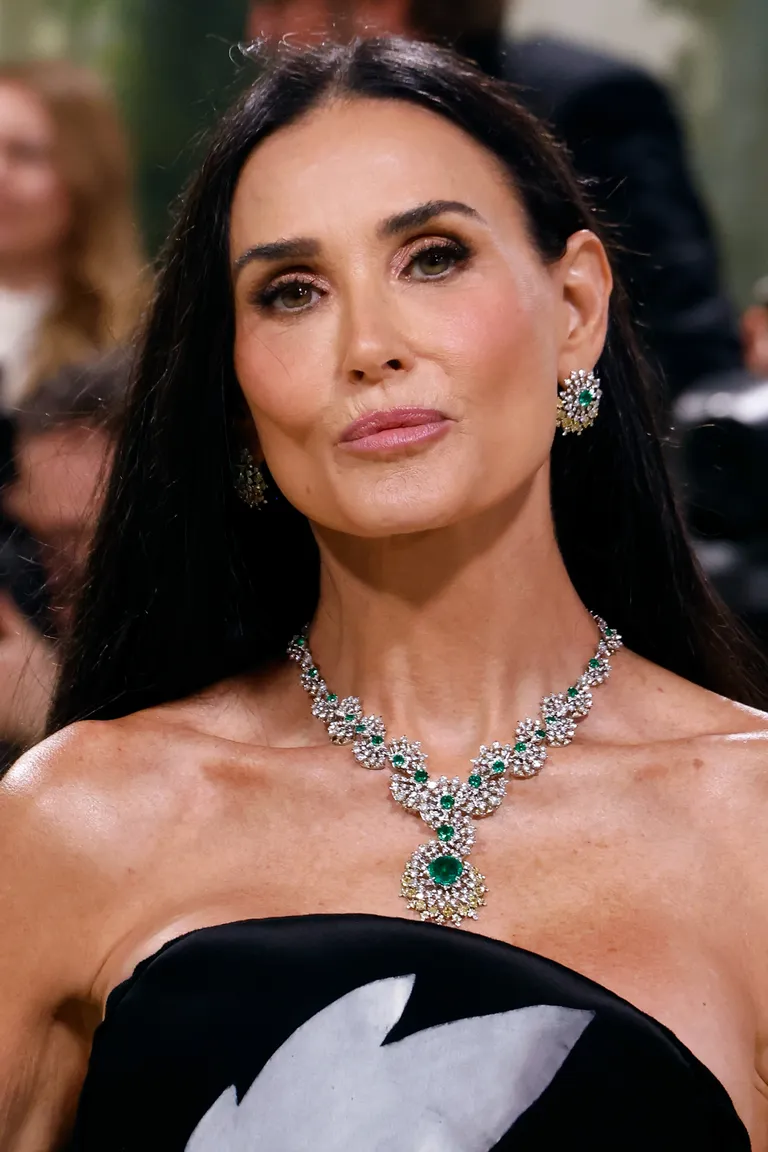
She first rose to fame in the 1980s and 1990s as a striking force in Hollywood, known for roles in “St. Elmo’s Fire,” “Ghost,” and “A Few Good Men.” Her fame reached new heights when she became the highest-paid actress in the world, taking on bold roles in films like “Striptease” and “G.I. Jane.”
During that time, her physical appearance often overshadowed her acting, especially after her nude and heavily pregnant Vanity Fair cover became a cultural moment.

In her latest role in “The Substance,” Moore portrays an aging actress named Elisabeth Sparkle who turns to a black-market drug to create a younger version of herself. She noted that the film explores the intense pressure women face in midlife to stay youthful.

The New Mexico native’s decision to take on the role in the horror film was not made lightly. After reading the script, she was drawn in, describing herself as “fully intrigued.” She admitted to thinking, “OK, this could either be really amazing or an absolute disaster.”
When later asked if the role of Elisabeth felt uniquely suited to her, given her long history with Hollywood, Moore didn’t see it as a perfect personal match but recognized the connection. The celebrity acknowledged that while she couldn’t judge whether she was the ideal fit, her past experiences gave her something meaningful to bring to the role.
Her connection to the story deepened as she considered its broader message. “I felt like it was one of the most interesting ways to explore the subject,” she said. Though centered on women, she believed the film’s message would resonate universally. It touched on emotions many experience — feeling dismissed, undervalued, or unseen for who they truly are.
Her time working on the movie may not have completely altered her outlook, but it offered a meaningful shift in how she sees herself today. Moore explained that while her feelings about aging remained largely the same, the experience gave her a stronger sense of appreciation for who she is in the present.
A major thread throughout her career has been challenging assumptions and breaking past limits placed on her. She now feels she is telling her own story, rather than letting others define it based on her age.
She questioned why anyone should be told how to look or what to do at a certain point in life, adding that being in her sixties today is nothing like it once was. For her, this stage is about exploration.
Notably, the producer admitted that her forties were more difficult professionally, describing a period where she didn’t quite fit into Hollywood’s mold — too old for certain roles, yet not easily identified in traditional ones like the mother figure. At that time, she said, “There was no place for me.”
That sense of uncertainty continued even after one of her most visible roles. The Golden Globe Award winner shared that she turned 40 while filming the “Charlie’s Angels” sequel.
After that, conversations about her began to center more on her appearance than her talent. She said, “No one knew where to put me,” highlighting how difficult it was to find her place in an industry that often limits women as they age.
However, the veteran actress acknowledged that things have begun to shift. She now sees more dynamic roles available for women between 40 and 50, whom she considers “young women.” In her eyes, “The Substance” takes a bold approach to calling out the entertainment industry’s harsh judgments and unrealistic beauty ideals.
The film directly confronts the outdated belief that a woman’s desirability ends when her fertility does — a message Moore believes the industry has long promoted.
Demi Moore continues to challenge expectations, both on screen and off. Her appearance has sparked conversation, but her voice adds depth to the dialogue around aging.
With honesty and confidence, she embraces this stage of life on her own terms. Through roles like “The Substance,” she reshapes how women are seen in Hollywood. Her story highlights that beauty, relevance, and purpose do not fade with time.
